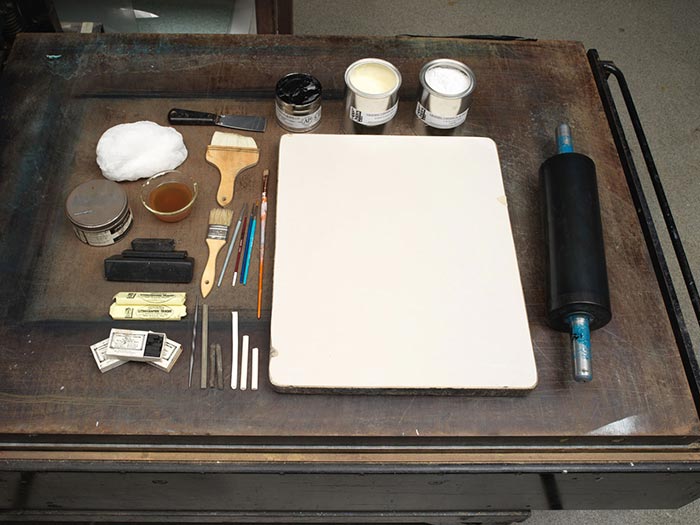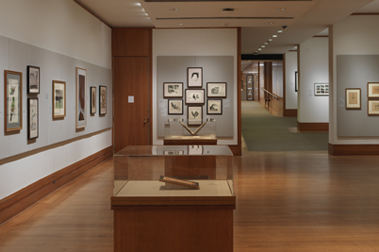Why Don't Yer Come Along?
Thomas B. Worth American
Publisher Currier & Ives American
Not on view
Currier & Ives produced many prints relating to horses, carriages, and horse racing. This scene shows a man racing his four-wheeled wagon drawn by a brown (bay) horse towards the left on a country road; he is trailed by three others, who are side by side in the right middleground. They are passing a homestead with a white wooden fence lining the road. As the leading man passes the break in the fence, a Black (African American) man --dressed in a red shirt, blue pants and straw hat--waves; beside him, two Black children watch. Across a field in the left background, there is a white two-story house, with two people on the front porch shaded by one tree. In the center background, there is a small white barn (with a ladder leaning against one wall) set in front of a cluster of trees.One horse and buggy trails way behind on the road in the right background. The title, which is what the lead wagon driver is saying tauntingly to those who are far behind him, is imprinted in the bottom margin.
Nathaniel Currier, whose successful New York-based lithography firm began in 1835, produced thousands of prints in various sizes that together create a vivid panorama of mid-to-late nineteenth century American life and its history. People eagerly acquired such lithographs featuring picturesque scenery, rural and city views, ships, railroads, portraits, hunting and fishing scenes, domestic life and numerous other subjects, as an inexpensive way to decorate their homes or business establishments. As the firm expanded, Nathaniel included his younger brother Charles in the business. In 1857, James Merritt Ives (the firm's accountant since 1852 and Charles's brother-in-law) was made a business partner; subsequently renamed Currier & Ives, the firm continued until 1907. The artist of this print is Thomas Worth, a prolific nineteenth-century illustrator who excelled at drawing horses and other subjects, many of which were made into lithographs published by Currier & Ives.

